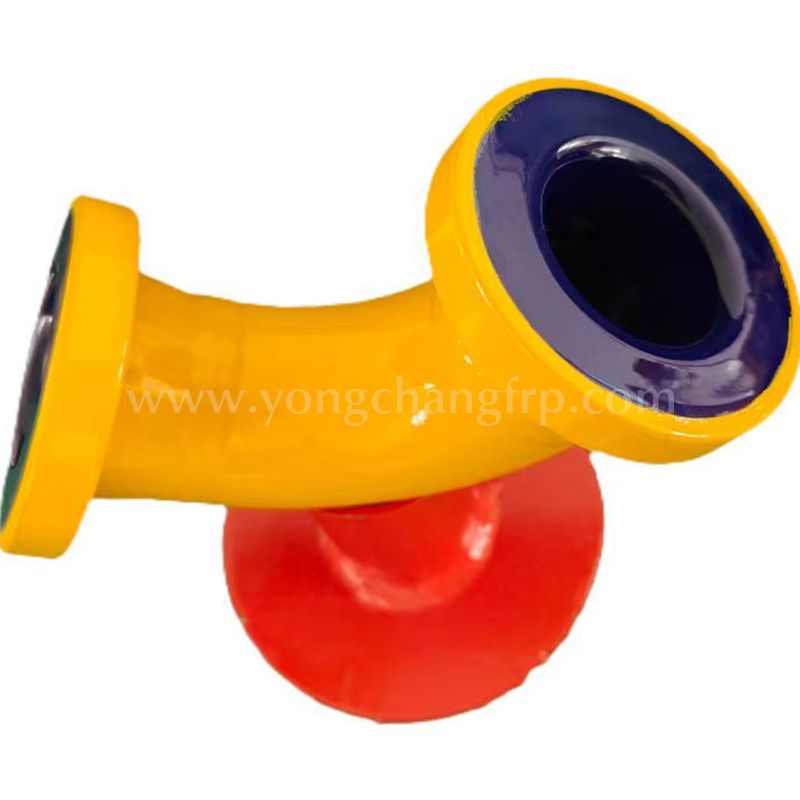Can you paint walls with a sponge roller?
Sponge rollers are a popular choice for applying paint to walls, especially in situations where a textured or stippled finish is desired. Here are some key points to consider when using a sponge roller for painting walls:
Texture and Finish: Sponge rollers are excellent for creating textured finishes on walls. The sponge material absorbs and distributes paint unevenly, resulting in a stippled or mottled effect that adds depth and visual interest to the painted surface.
Ease of Use: Sponge rollers are easy to use and require minimal setup. They typically have a built-in handle for easy gripping and maneuverability, making them suitable for DIY painters and professionals alike.
Paint Application: When using a sponge roller, it's important to load the roller evenly with paint and distribute it evenly on the wall. Avoid applying too much pressure, as this can flatten the texture and result in a less desirable finish.
Coverage: Sponge rollers may not provide as smooth or uniform coverage as traditional paint rollers. However, they excel at creating unique textures and effects that can enhance the overall aesthetic of the room.

Cleaning and Maintenance: After use, clean the sponge painting roller thoroughly with soap and water to remove any paint residue. Proper cleaning ensures that the roller remains in good condition for future use.
See also:Mastering the Art of Effective Communication Skills
Revolutionize Your Walls with Creative Stencil Designs?
7 Creative Ways to Use Wall Stencil Paint Rollers
Discovering the Power of FR1 and FR2
Unlocking the Power of Pattern Roller: Everything You Need to Know
Which type of best fence sprayer is the most eco-friendly and efficient?
Ultimate Guide to Maintaining Your Trowel: Tips, Tricks, and FAQs Answered
Compatibility: Sponge rollers are compatible with a variety of paint types, including latex, acrylic, and oil-based paints. However, it's essential to check the manufacturer's recommendations and ensure that the paint is suitable for use with sponge rollers.
Versatility: In addition to walls, sponge rollers can be used to paint ceilings, furniture, and other surfaces. They are particularly well-suited for textured surfaces or areas where a smooth finish is not required.
Experimentation: One of the benefits of using a sponge roller is the ability to experiment with different techniques and effects. Try varying the pressure, angle, or direction of the roller to achieve different textures and patterns on the wall.
In summary, sponge rollers are a versatile and effective tool for painting walls, providing unique textures and finishes that can enhance the overall look of a room. With proper technique and care, you can achieve beautiful results using a sponge roller for your painting projects.
How Epoxy Spike Shoes Improve Traction Safely.
4 Advice to Choose the Best Paint Sprayer for Your Wood Fence
Revolutionary Paint Roller Stroke Technique: What's Next?
Tips and Techniques for Pouring Self-Leveling Underlayment
Key Questions to Ask When Ordering Durable Goods
4 Tips for Choosing an Inside Corner Trowel
Can Using Different Paint Brands Impact Coverage?
- Previous: How Does a Sandblast Cabinet Work?
- Next: None









